Reportar esta entrada
Más sobre la misma comunidad-colección
Jugador baskekbol Bobby Joe Hill
Bobby Joe Hill UTEP guard extraordinaire in 1966 help UTEP win ...
Celebración Grupo Candela El Paso
Candela Group celebrates 10 years of entertainment in El Paso, ...
Un dia de diversion en el Parque Ascarate, hacia el año 1993
This was my siblings (Sergio, in black and Lily on the far ...
Saludando al Conejo de Pascua, hacia 1992
This was taken in a convenience store in my old neighborhood. I ...
Observando el leon marino en el Zoologico de El Paso
This was on my first trip to the El Paso Zoo in more than twenty ...
Encarcelados en el Museo de Niños
My children had a lot of fun visiting the Exploreum, and we look ...


















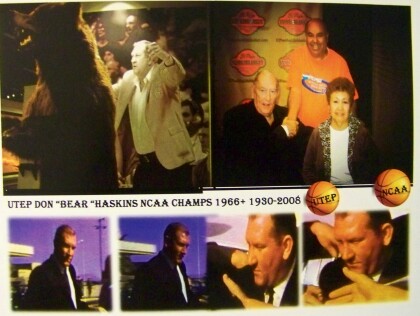
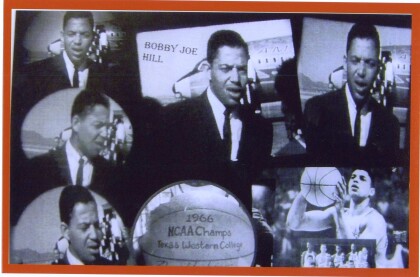
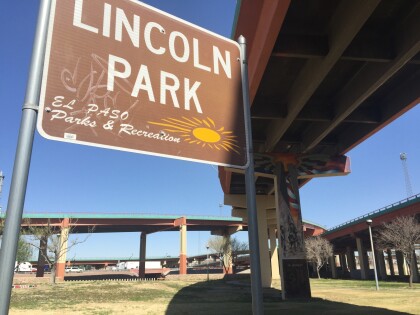
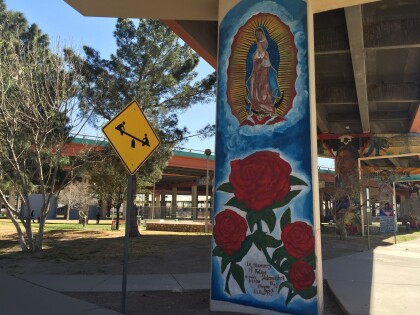
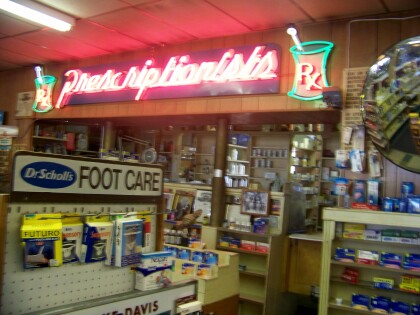

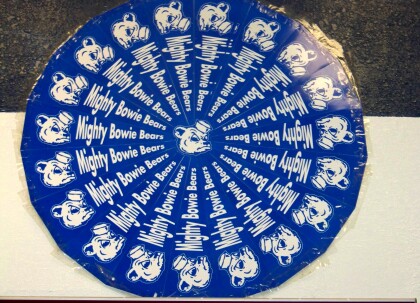
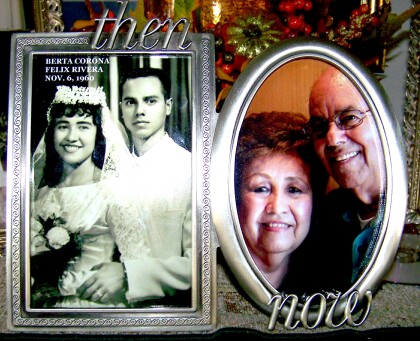
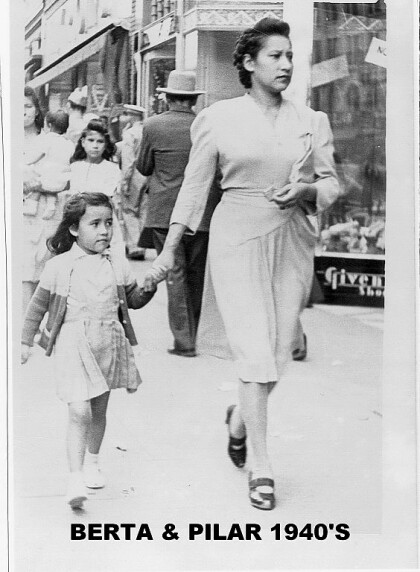
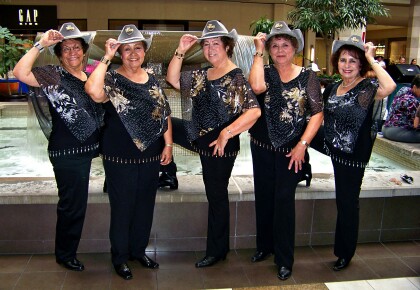

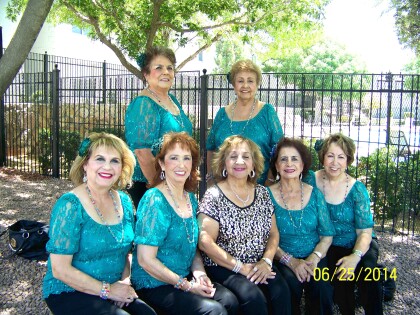
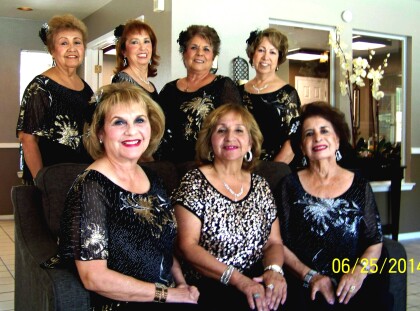

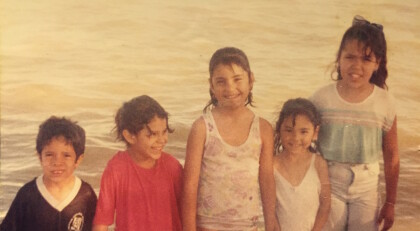



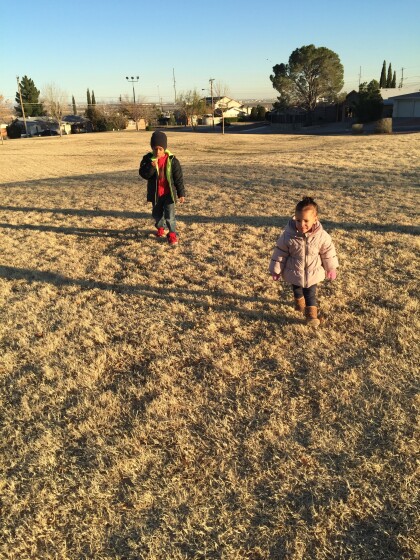

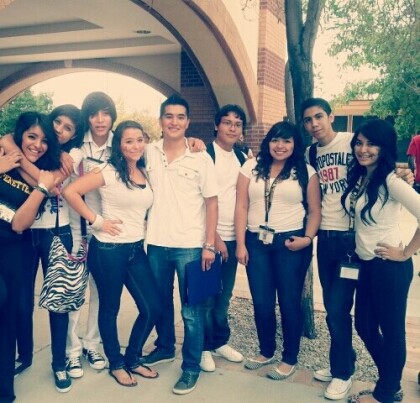

Comentarios
Hacer un comentario